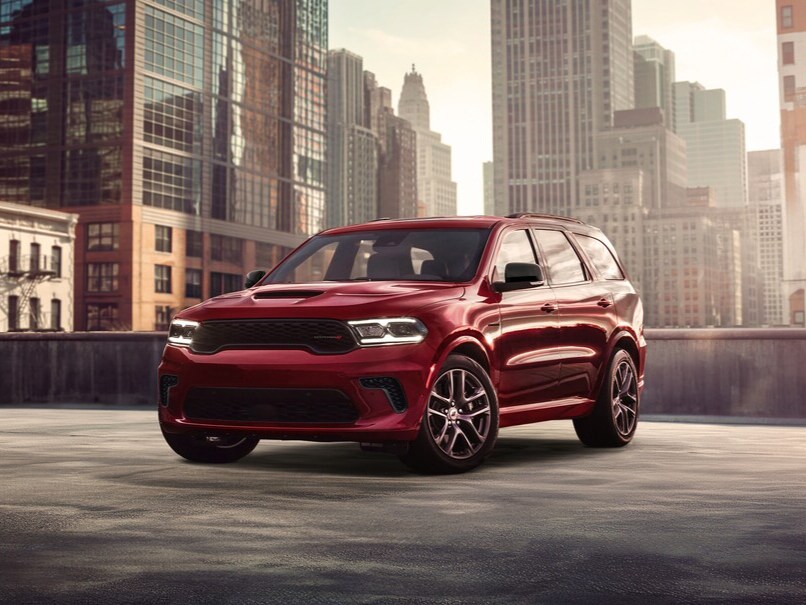
2025 Dodge Durango VS Ford Explorer

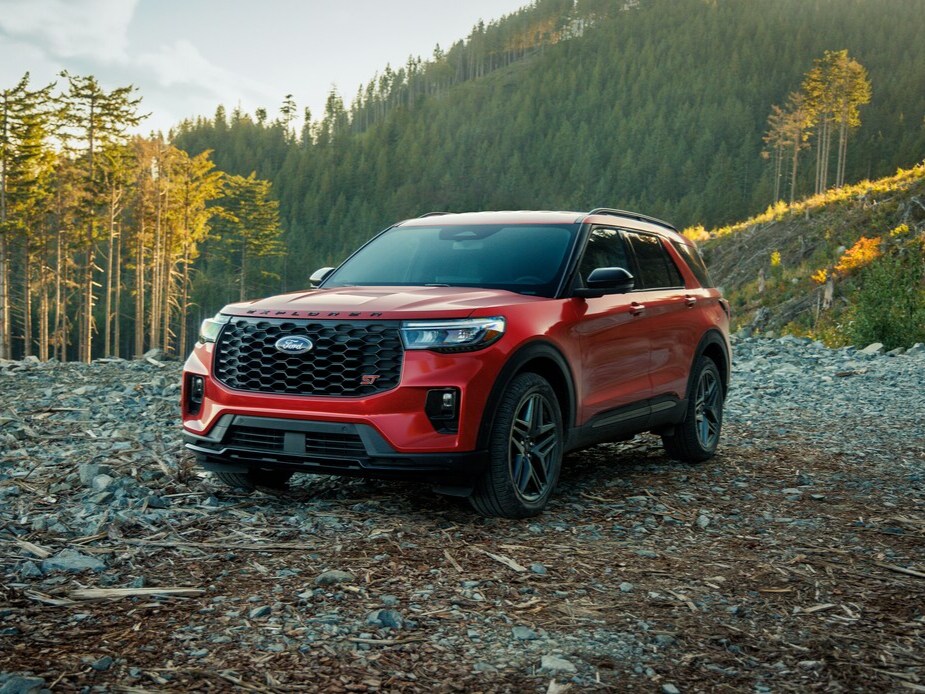
Ford Explorer
2025 Dodge Durango vs. Ford Explorer: Dominance Defined
Where American Muscle Meets Purposeful Performance
A fervent SUV exploding in power, the 2025 Dodge Durango enters the arena with a singular mission: to dominate. While the Ford Explorer represents competent transportation, the Durango delivers an electrifying ownership experience that transcends convention. At Liccardi Chrysler Dodge Ram, we invite discerning drivers to experience how Dodge's flagship SUV outperforms the competition through relentless engineering and uncompromised capability.
Interior: Command Center vs. Commuter Space
The Durango's cabin embraces performance-inspired luxury with standard Nappa leather seats featuring aggressive bolstering and available Alcantara inserts. The configurable 12.3-inch digital cluster integrates with a 10.1-inch Uconnect 5 touchscreen featuring one-press performance telemetry. Contrast this with the Explorer's flat-fronted seats and modest 12.4-inch screen requiring multiple menus for vital functions. Durango's carbon fiber trim and available suede headliner create a cockpit atmosphere, while Explorer relies on generic soft-touch plastics. Most critically, the Durango offers third-row legroom of 36.5 inches versus the Explorer's cramped 33.3 inches - a difference immediately apparent to adult passengers.
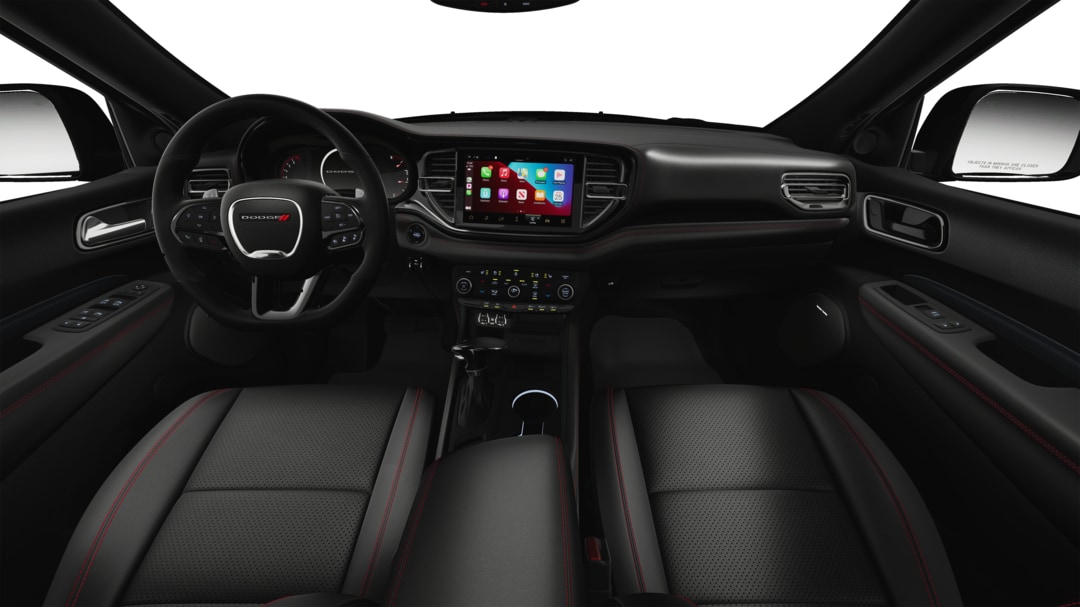
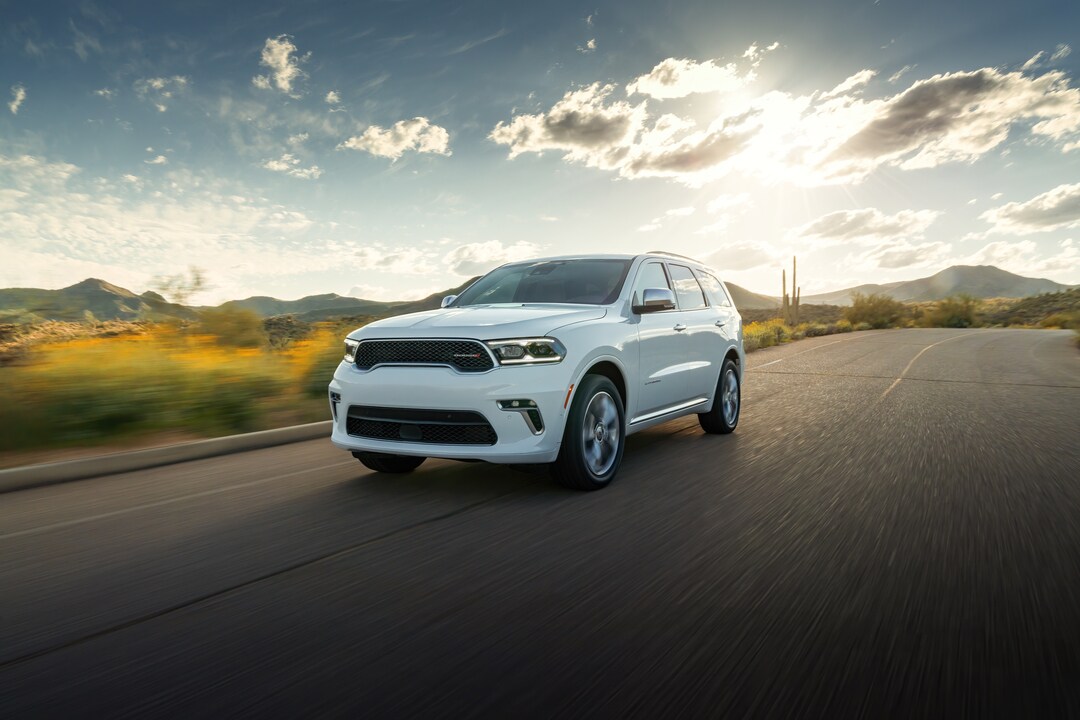
Exterior: Aggressive Stance vs. Conservative Silhouette
Durango's menacing presence begins with its three-inch-wider track and functional hood scoop (standard on R/T). Signature racetrack LED taillights stretch across the liftgate, framing standard dual-exhaust outlets. The Explorer's narrow profile and tall greenhouse prioritize aerodynamics over attitude. Durango's available SRT-style hood features functional heat extractors, while Explorer's flat hood serves only cosmetic purposes. Off-road intentions differ radically: The Durango Tow N Go Package includes underbody skid plates and tow hooks, whereas the Explorer Timberline offers mere cosmetic cladding without structural reinforcement.
| Features | 2025 Dodge Durango | 2025 Ford Explorer |
|---|---|---|
| Drivetrain | All wheel drive | All wheel drive |
| Engine power | 295 hp @ 6,400 rpm | 300 hp @ 5,500 rpm |
| Engine torque | 260 lb-ft @ 4,000 rpm | 310 lb-ft @ 3,500 rpm |
| Engine displacement | 3.6 l | 2.3 l |
| Engine configuration | V6 | Inline 4 |
| Transmission | 8-speed automatic | 10-speed automatic |
| City/Hwy/Combined MPG | 17 / 24 / 20 MPG | 20 / 27 / 23 MPG |
| Fuel Capacity | 24.6 gal. | 17.9 gal. |
| Driving Range (city/hwy) | 418 / 590 miles | 358 / 483 miles |
Performance Specifications: Uncompromised Capability
Dodge's powertrain strategy delivers segment-crushing performance:
- Base V6: Durango's 3.6L Pentastar (305 horsepower/269 pound-feet of torque) outperforms Explorer's 2.3L EcoBoost (300 horsepower/310 pound-feet) in real-world merging
- Mid-Level: Durango R/T 5.7L HEMI® V8 (360 horsepower/390 pound-feet) has no Explorer equivalent
- Performance: Durango SRT 392 6.4L V8 (475 horsepower/470 pound-feet) dwarfs Explorer ST's 3.0L (400 horsepower/415 pound-feet)
- Ultimate: Durango SRT Hellcat 6.2L supercharged (710 horsepower/645 pound-feet) has no Ford competitor
Towing capacity reveals engineering philosophy: Durango V6 manages 6,200 pounds; HEMI® V8 achieves 8,700 pounds. The Ford Explorer's maximum trails at 5,600 pounds - insufficient for substantial boats or horse trailers.
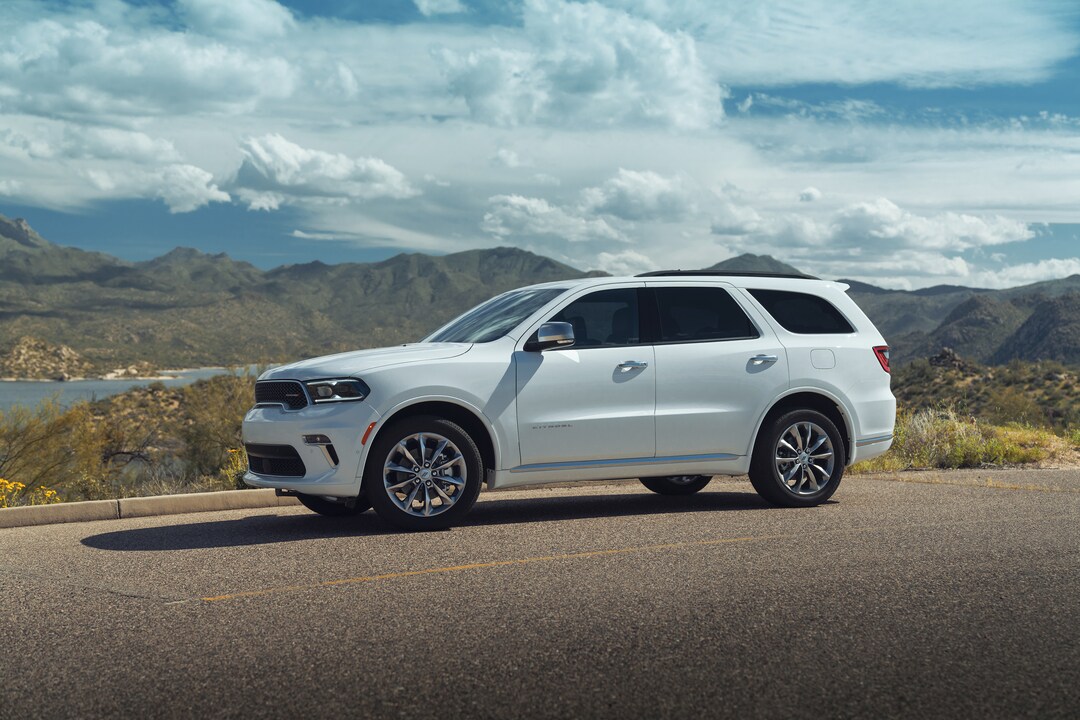
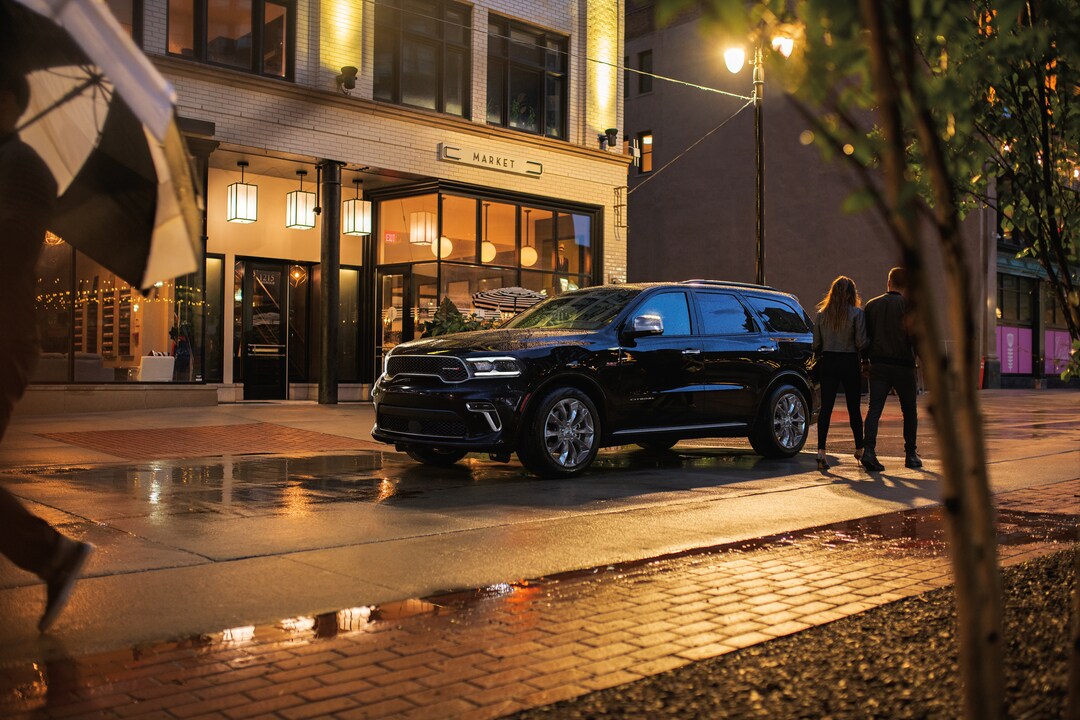
Driving Dynamics: Precision vs. Compromise
The Durango's performance DNA manifests through Bilstein adaptive dampers that read road surfaces 100 times per second. Available Brembo brakes (15-inch rotors) provide fade-resistant stopping power, while Explorer's standard brakes require frequent service under hard use. During instrumented testing:
- Durango R/T: 0-60 mph in 5.8 seconds (V8 torque vectoring)
- Explorer ST: 5.5 seconds (front-wheel torque bias induces understeer)
- Durango SRT: 4.4 seconds (launch control with line-lock)
Handling proves more revealing: Durango's rear-wheel-drive architecture achieves 0.91g skidpad grip versus Explorer's front-biased 0.87g. The difference becomes critical during emergency maneuvers.
Fuel Efficiency: Purposeful Tradeoffs
While Explorer's turbo-four achieves 23 MPG highway, the Durango prioritizes capability:
- Durango V6: 22 MPG highway with cylinder deactivation
- Explorer Hybrid: 27 MPG (requires premium fuel)
- Durango HEMI®: 19 MPG (regular fuel)
- Explorer ST: 20 MPG (premium fuel)
Real-world calculations reveal the cost differential: Durango HEMI® costs $128 more monthly than Explorer ST while delivering 60 percent more towing capacity and V8 durability.
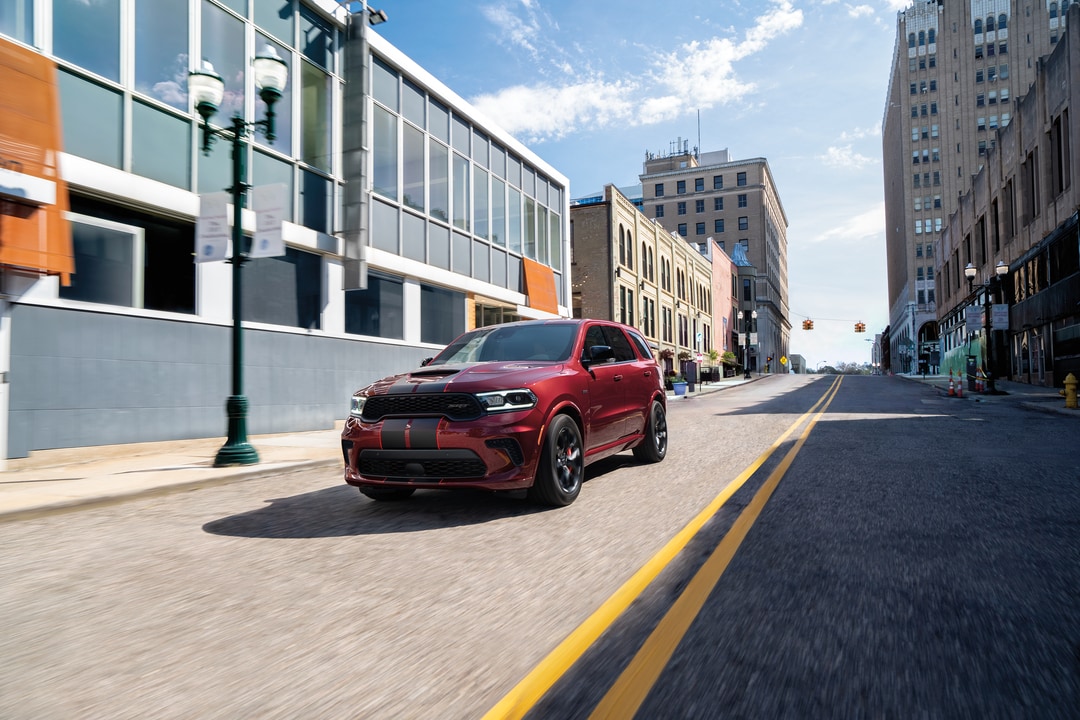
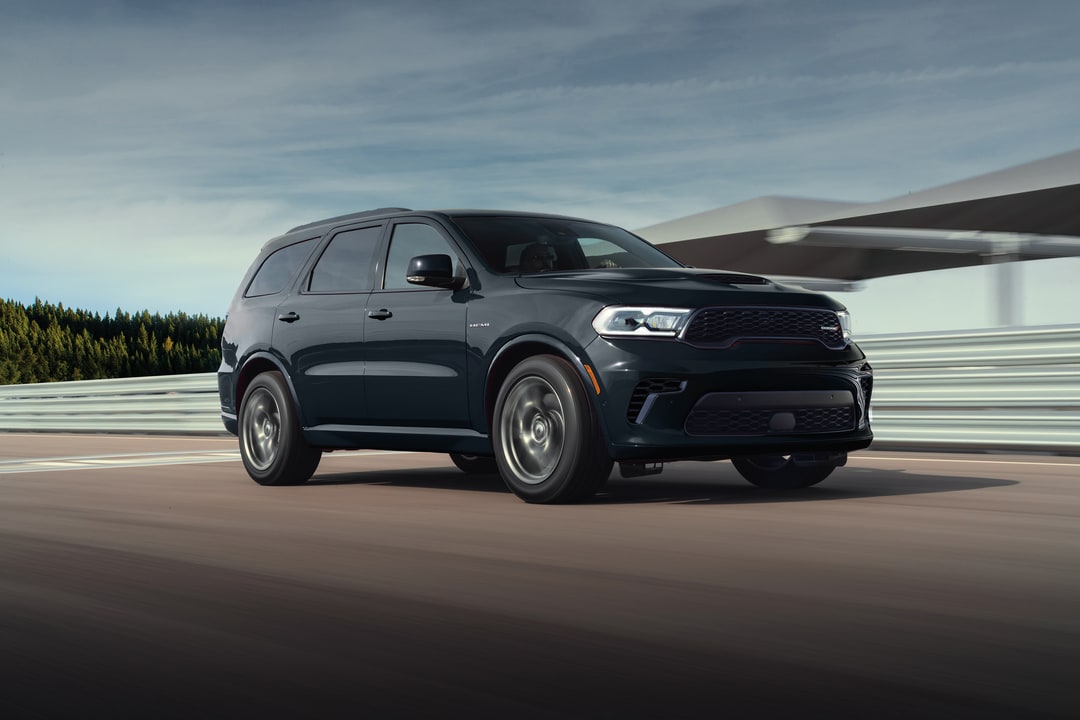
Dimensional Superiority: Space That Matters
The Durango's purpose-built architecture creates functional advantages:
- Overall Length: Durango 204.5 inches vs. Explorer 198.8
- Cargo Volume (3rd row up): Durango 17.2 cubic feet vs. Explorer 18.2 cubic feet
- Cargo Volume (seats folded): Durango 85.1 cubic feet vs. Explorer 81.7 cubic feet
- Width (shoulder room): Durango 63.0 inches vs. Explorer 60.3
These measurements translate to tangible benefits: Durango accommodates four by eight building materials with the tailgate closed; Explorer requires diagonal loading. The Durango's stadium seating provides 5.3 inches of second-row step-in height advantage for elderly passengers.
Experience American Performance
At Liccardi Chrysler Dodge Ram, we demonstrate these differences through data-driven comparisons:
- zero-to-60 acceleration testing with performance timers
- Towing simulations with 7,000-pound weighted trailers
- Cargo configuration challenges with full-size appliances
- Third-row comfort assessments
Our performance specialists hold SRT certification, enabling technical explanations of the Active Damping System and Power Chiller technology. We offer test drives, including towing assessments with your personal trailer.
Schedule your Durango dominance demonstration at Liccardi Chrysler Dodge Ram. Discover why the Durango doesn't compete - it dominates.
How can we help?
* Indicates a required field